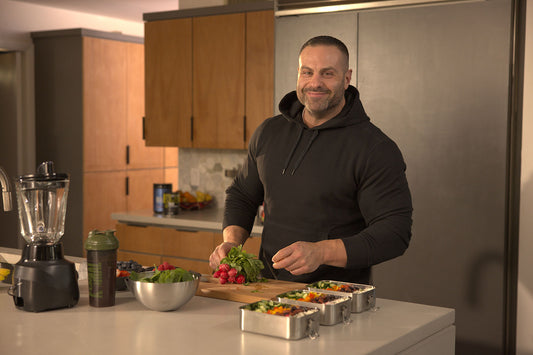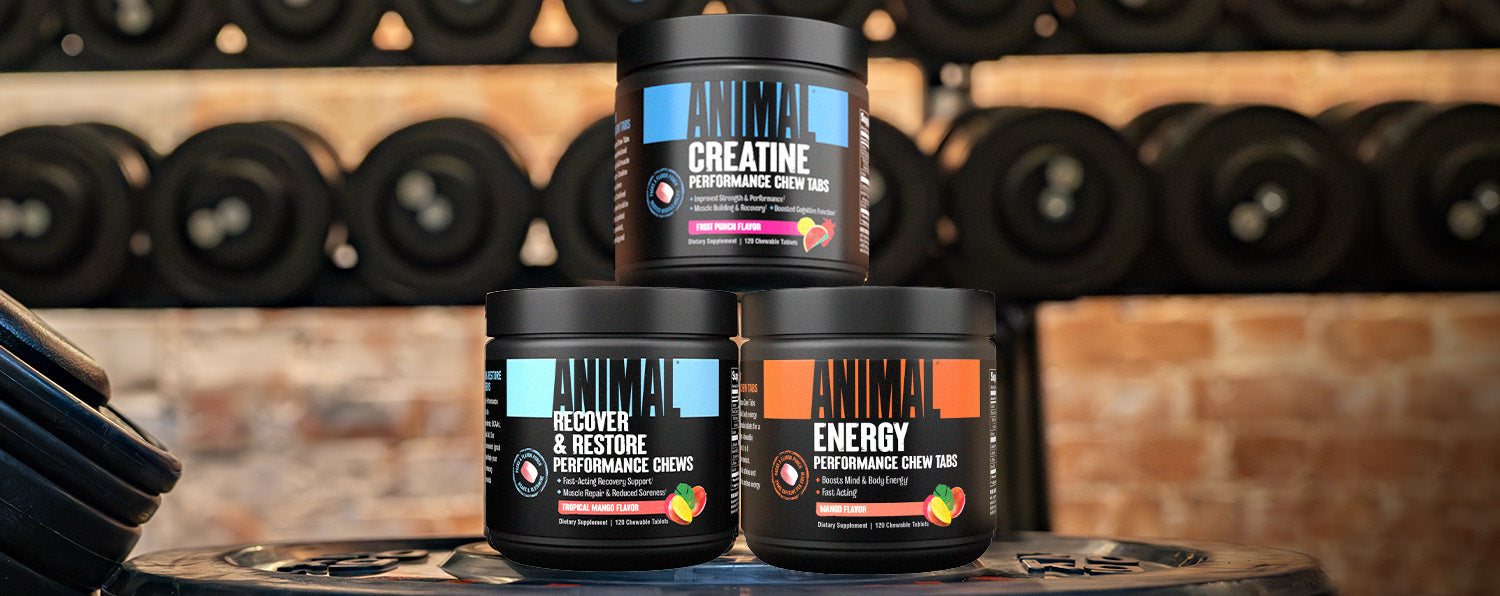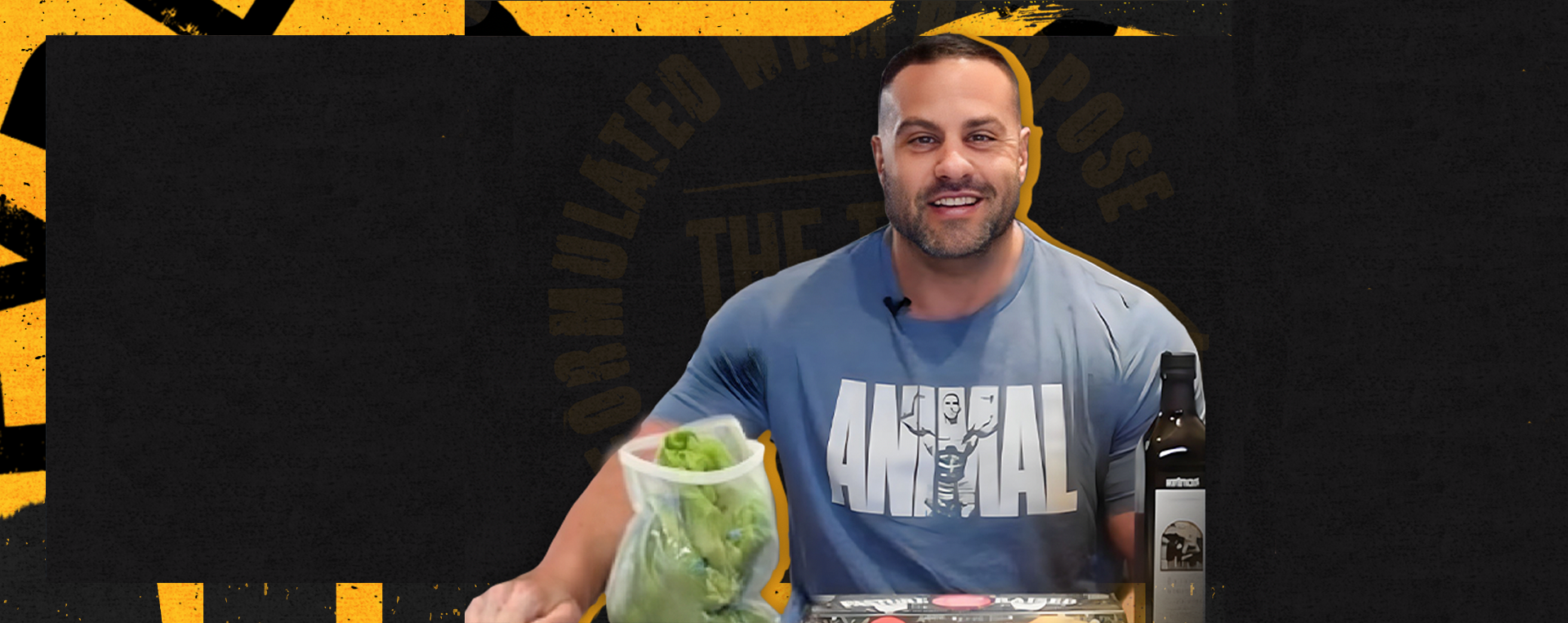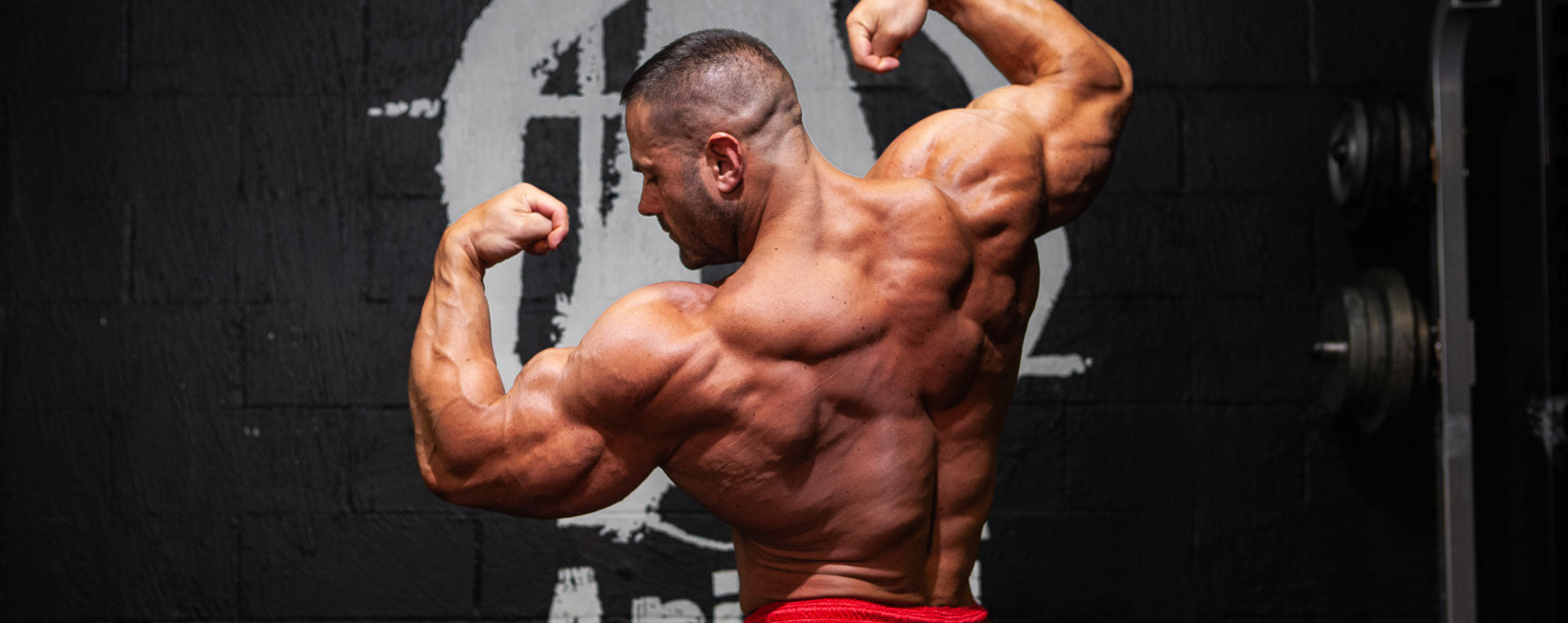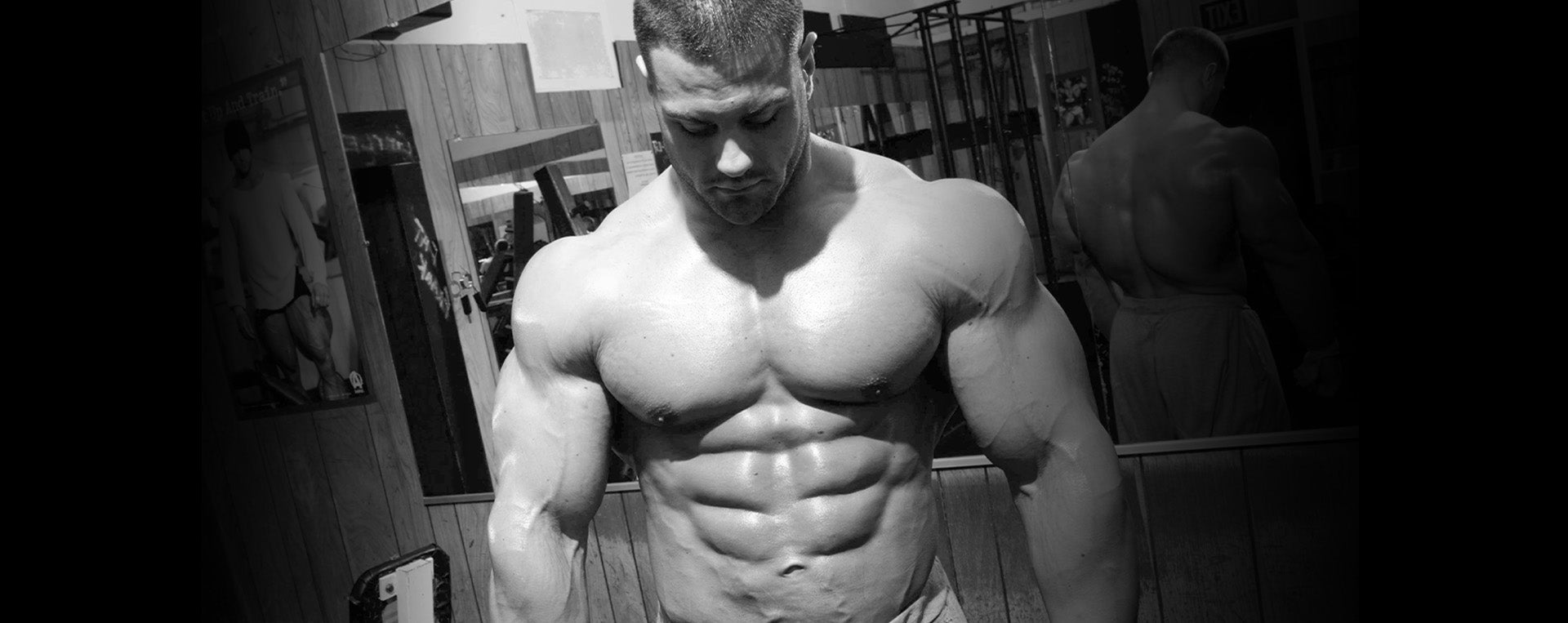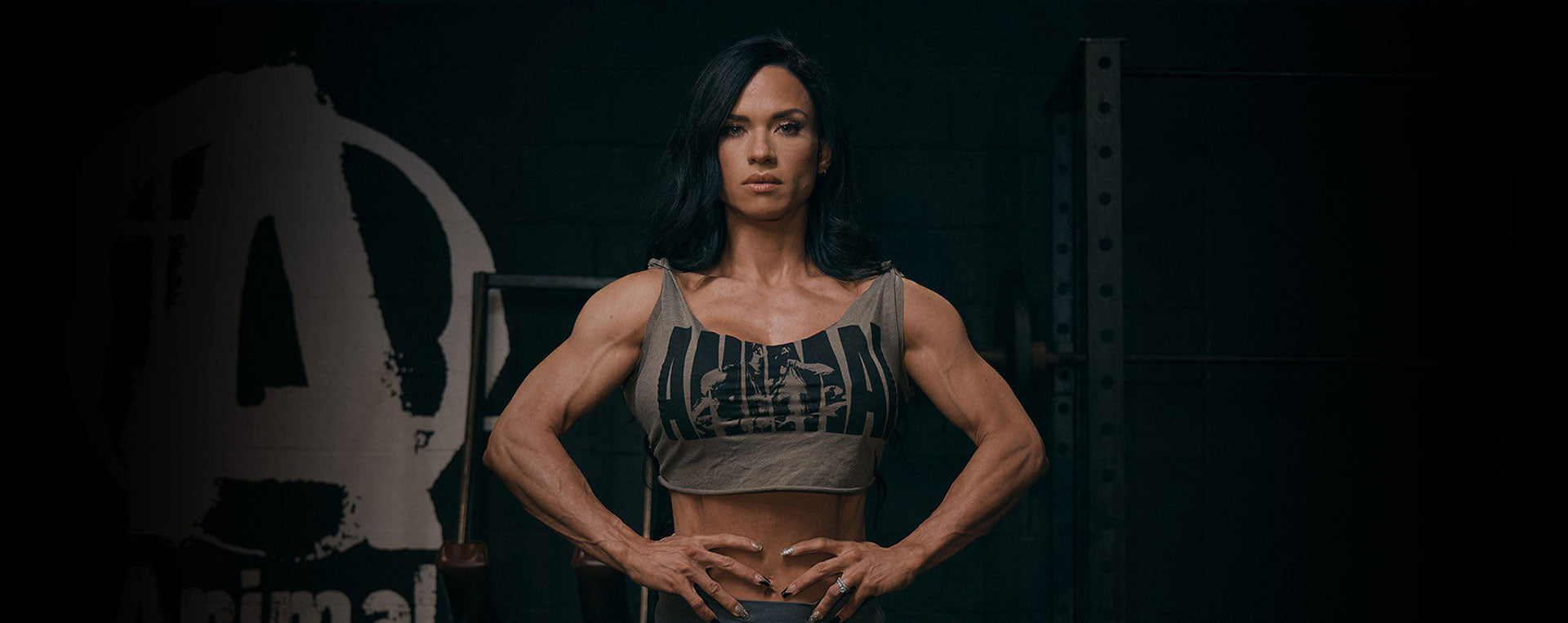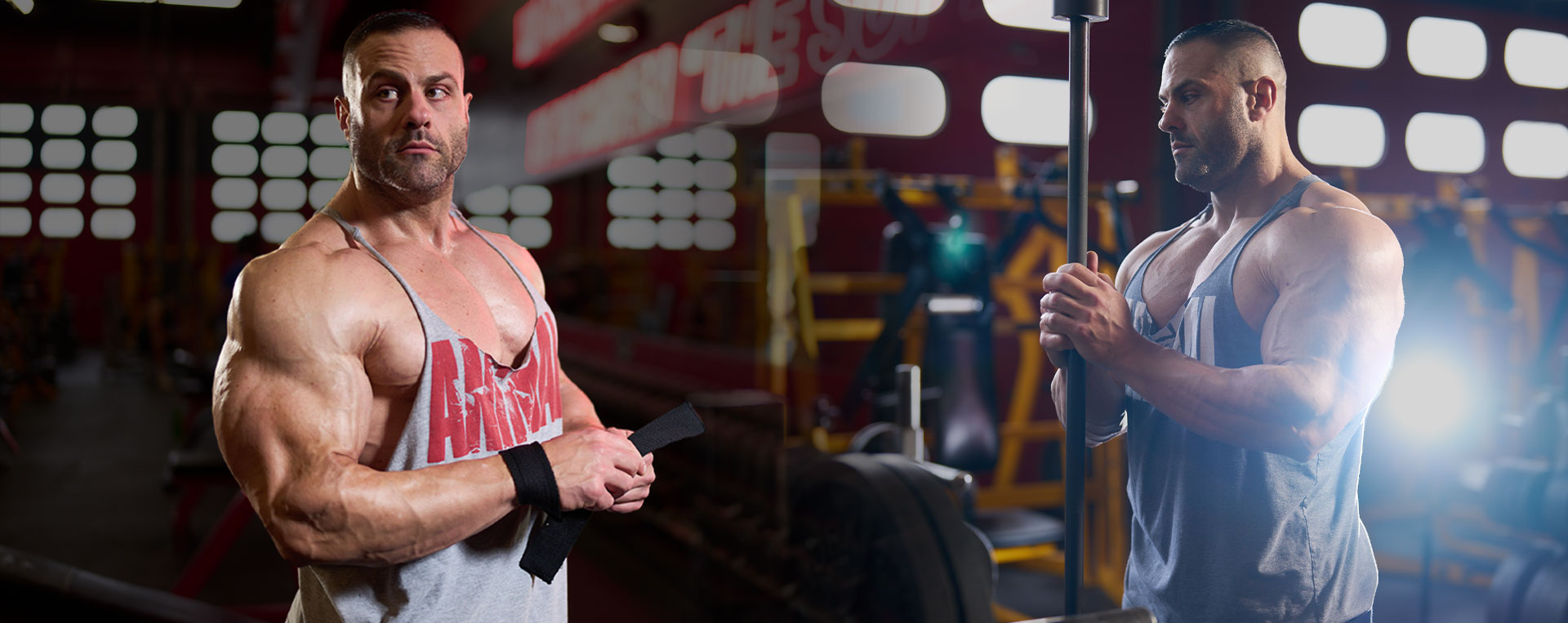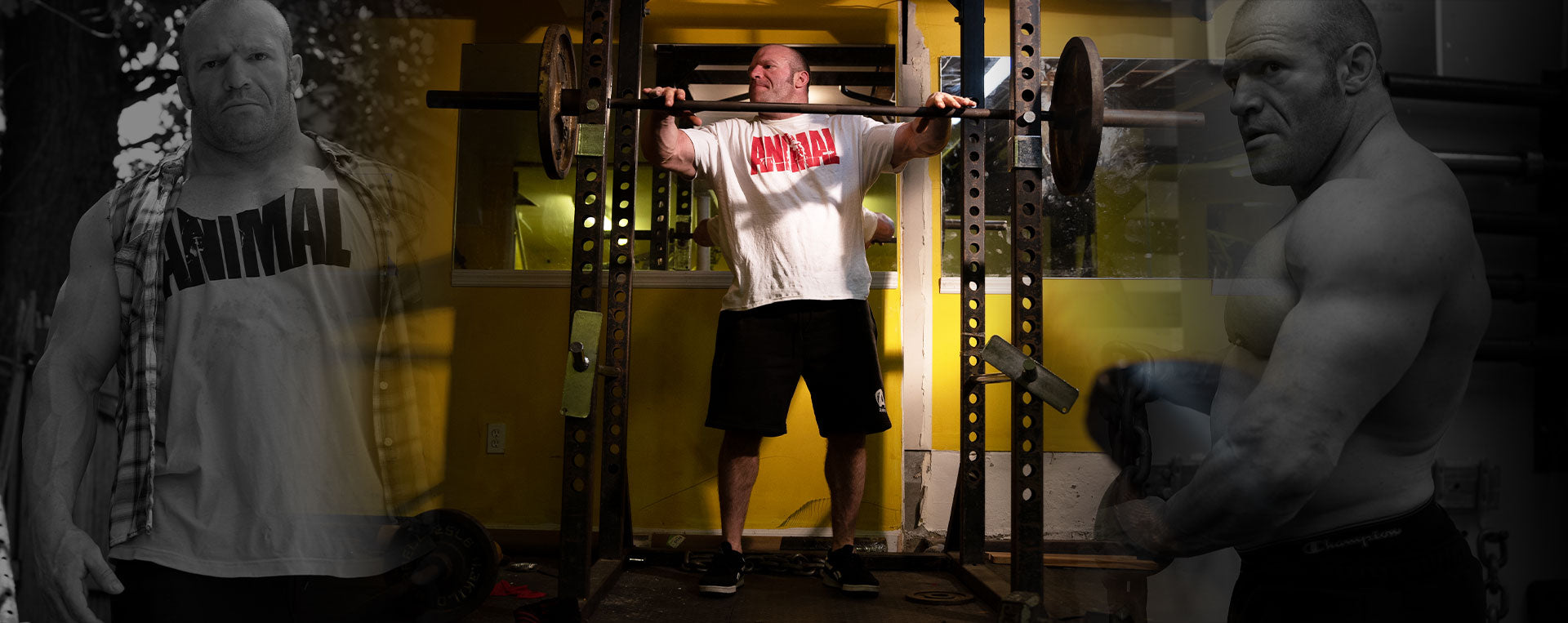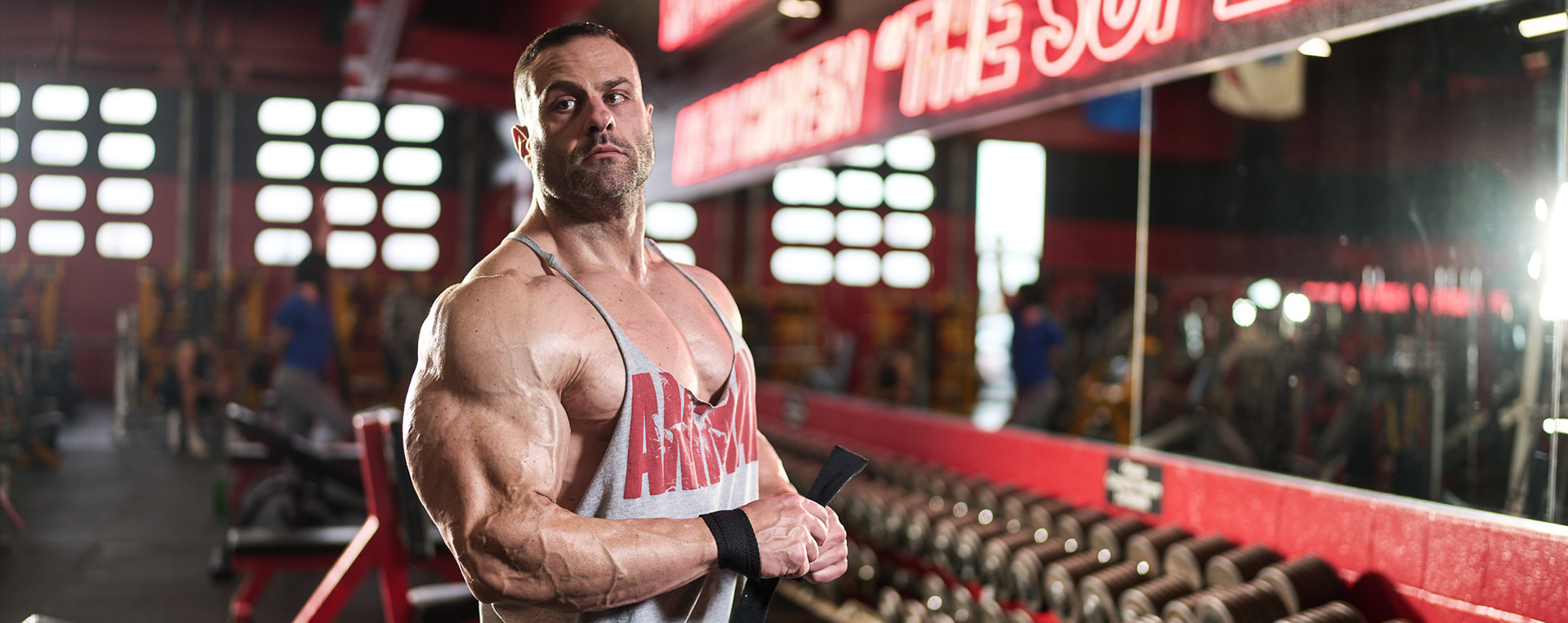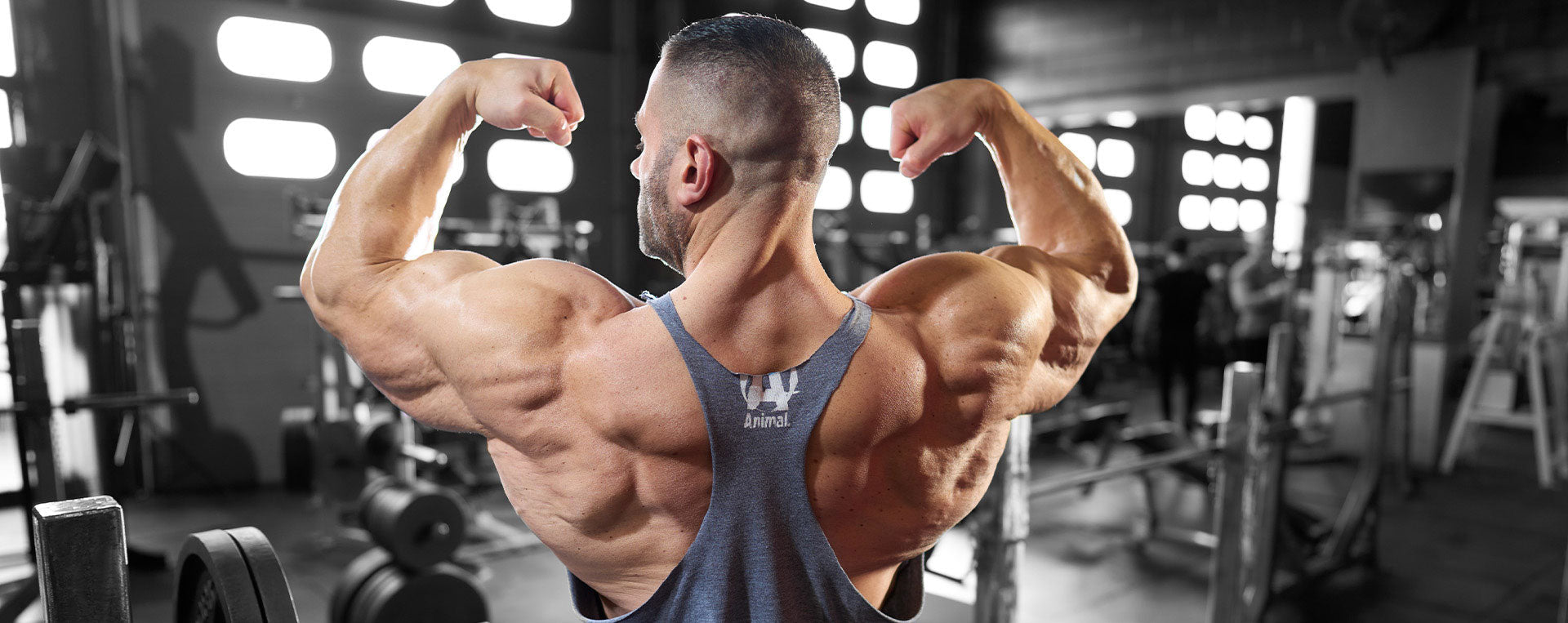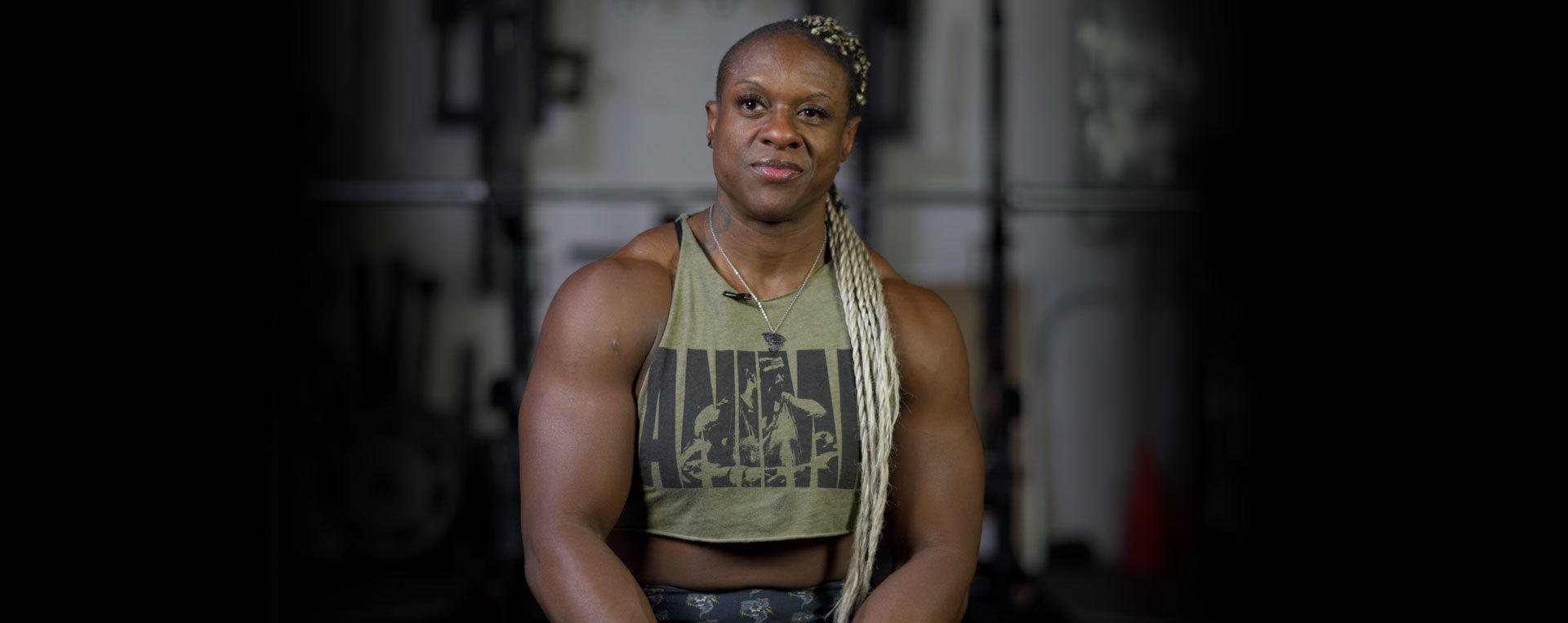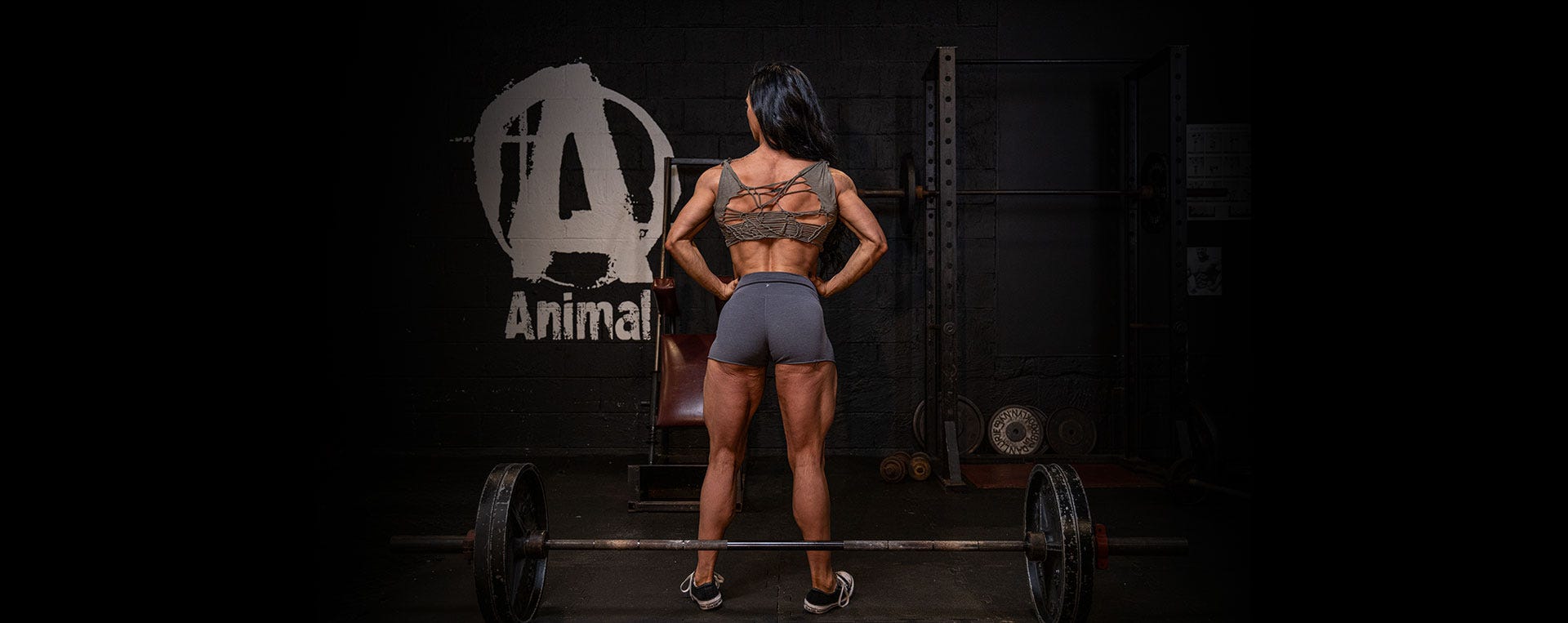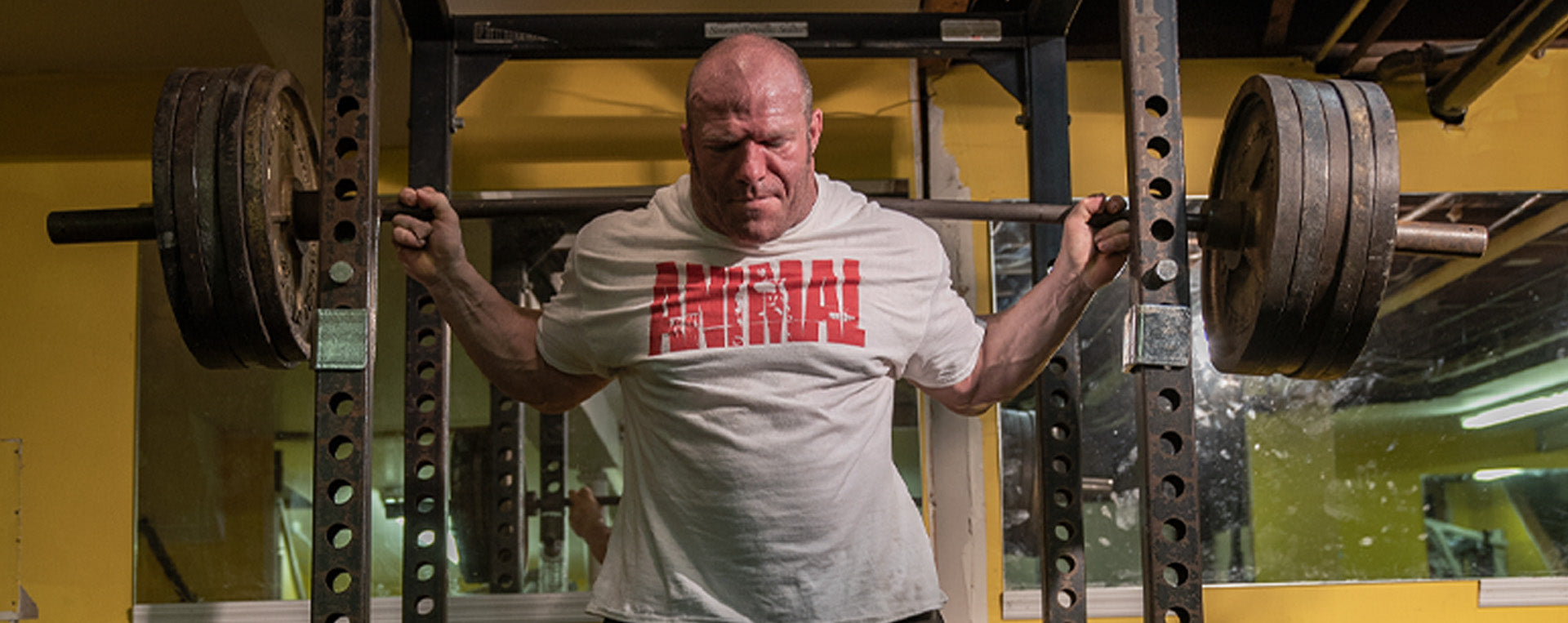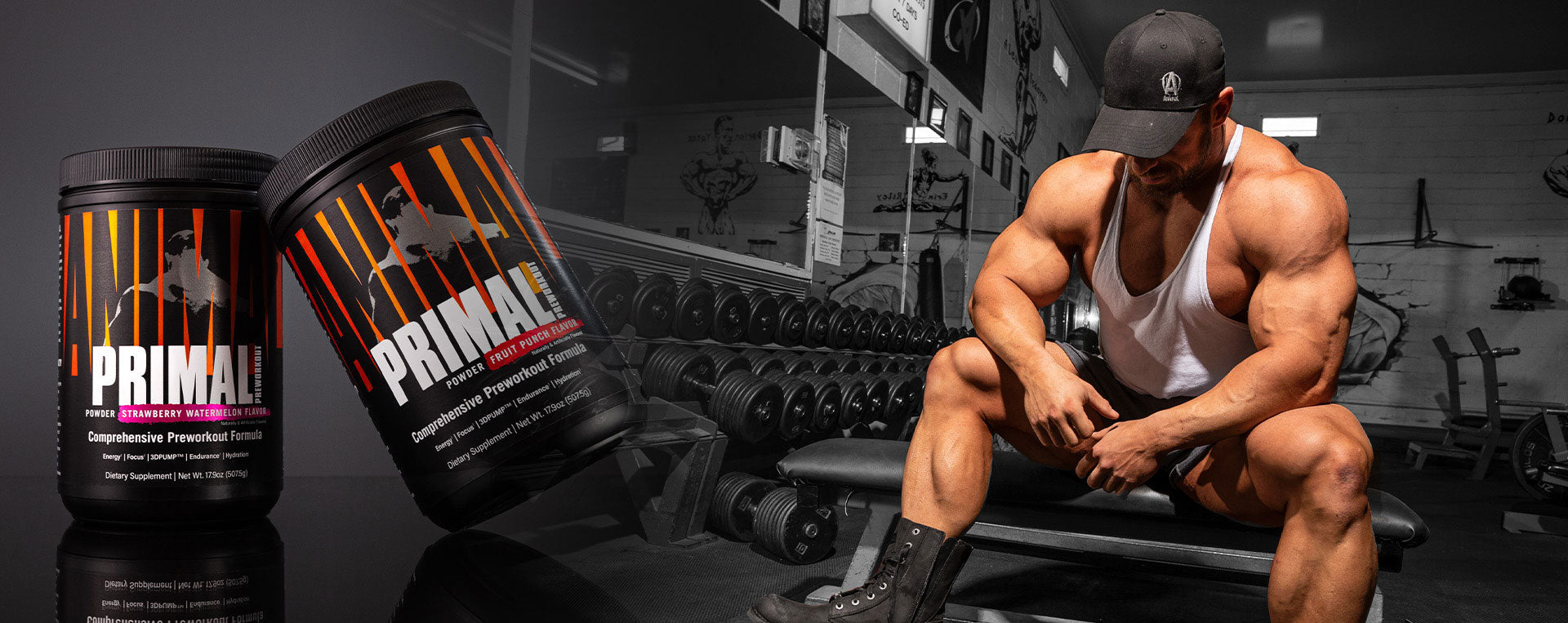Over the years, I’ve heard many bodybuilders say they avoid doing flat barbell presses because of the risk of injury such as tearing a pec. Unless you have an injury that prevents you from doing so or you feel incredibly unsafe doing the movement, everyone should bench press. Flat barbell bench presses are a great way to add size and strength to the upper body, just as squats can add size and strength to the lower body. The pecs, delts, triceps, and even the lats are positively affected by routine bench pressing. If you’d like a stronger, more powerful looking upper body, then keep reading. I’m going to give you a few pointers that could really help you out. If, on the other hand, a big strong upper body isn’t for you, then you can give Jazzercise a try.
1. Consider Your Grip

There are 5 key elements to take into account when performing the flat barbell bench press. The first is your grip. Although the width of your grip is entirely a matter of preference, a balanced grip will allow for a balanced amount of tension on both the shoulders and triceps. Too wide a grip will place excessive amounts of stress on the shoulders, while an excessively narrow grip can beat up on the elbows. Of course, a grip that is balanced in width is a little different for everyone, so experiment with your grip but pay attention to any shoulder or elbow pain as it may indicate a grip that is either too wide or too narrow. There is also the choice between wrapping your thumb around the bar or leaving it open, often referred to as a suicide grip. Again, based on personal experience, an open grip will begin to place too much stress on the wrists and cause problems. I recommend wrapping your thumb and closing your grip firmly around the bar when benching.
2. Arch Your Back

Once your grip is set, it’s imperative that you arch your back, shifting tension toward the upper part of your back/ traps, and contract your scapula as if you are trying to make your shoulder blades touch one another. If you simply lie with your back flat on the bench without arching your back or contracting your shoulder blades, your arms and shoulders will do the majority of the work. This means your chest will not be getting anywhere near the full stimulation, which will result in a weaker bench press and smaller pecs.
3. Tuck Your Elbows
Now that your grip is correct and you have your back arched and your scapula contracted, it’s time to unrack and lower the weight. In doing so, we can either keep our elbows out or tuck them in toward the body. Flaring the elbows will stress the shoulders, while tucking them will involve the lats and better recruit the pecs. Tucking them not only allows for a more powerful drive, but it’s also safer. This is comparable to focusing on squatting with the hips instead of the knees. When performing compound movements, recruiting the biggest and strongest joints and muscles help you safely use maximum weights.4. Aim for Your Nipples
We all agree that bringing the bar too close or too far from the neck at the bottom of the movement is not ideal. Many old school bodybuilders will advocate landing the bar higher up, almost near your throat. Doing so will force you to flare your elbows and will likely feel entirely unnatural. You also won’t be able to use as much weight while increasing the risk of injury. Bring the bar too far down your body toward your midsection and you risk losing control of the weight altogether. Aiming for the bar to land in line with your nipples should help you to tuck your elbows in and drive through the lats. And, yes, always bring the bar down until it touches your chest. Stopping part of the way down is not beneficial in any way—if anything, it detracts from the movement. Full range of movement equals full development.5. Avoid Locking at the Top

Now that we have everything in place, the only thing left to do is press. Keeping your chest high, your elbows in, and your scapula contracted, drive through your lats and chest, and thrust the bar toward the ceiling. For bodybuilders, I’d recommend not locking out at the top of the movement. Stopping just short of locking out is a way to maintain constant tension on the chest and minimize stress on the elbows.
As a bodybuilder, I am not the number one authority on bench pressing (or any other movement for that matter), but I’ve done my share of bench presses over the years. I have been able to build size and strength with it while staying injury free at the same time. I’ve experienced pain and tweaks along the way and have had to adjust my form. I hope that the suggestions above will help you use the bench press to your advantage and stay safe in the process. Best of luck.


